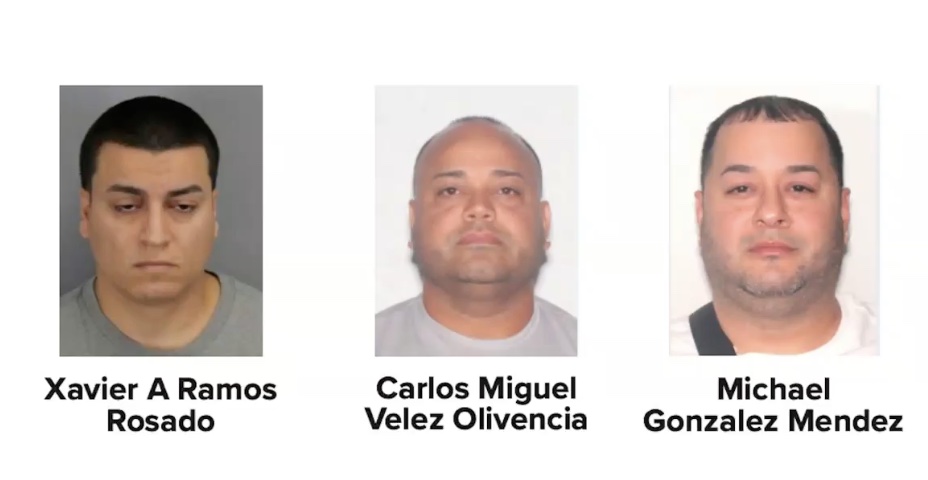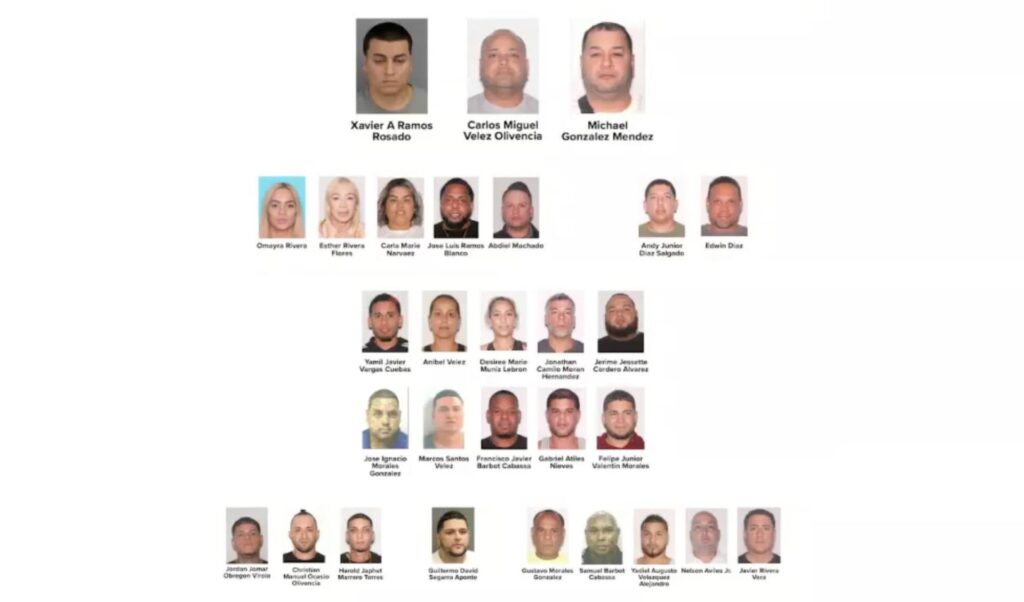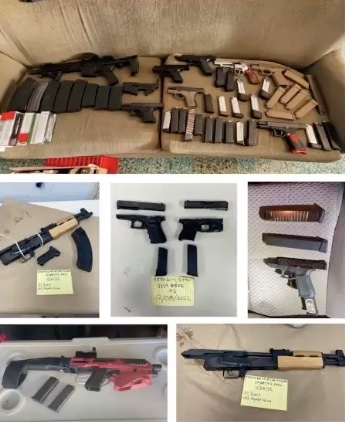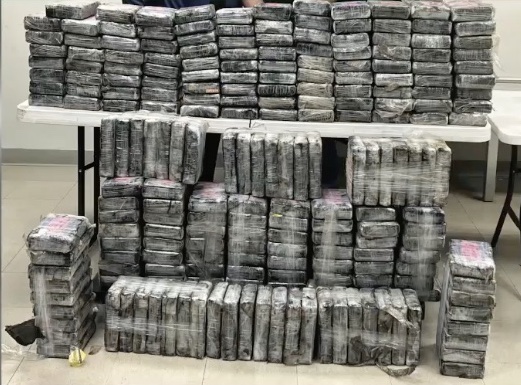Over 300 kilograms of cocaine and fentanyl were seized and 35 individuals were arrested for operating one of the largest cocaine trafficking operations in Central Florida history, importing tens of millions of dollars in drugs for over six years to Central Florida.
During a press conference on Thursday, March 16, law enforcement officials provided details into “Operation Outta Hand,” a multi-year investigation into a drug trafficking group that was importing large amounts of illicit drugs through the Caribbean.
Led by Orlando resident Carlos Miguel Velez Olivencia, Xavier A. Ramos Rosado, and Michael Gonzalez Mendez, the syndicate is accused of transporting cocaine and fentanyl from the Dominican Republic into Puerto Rico. From there, drug shipments were imported into Orlando and central Florida before being distributed across the rest of Florida and all along the eastern seaboard.

Most of the 35 individuals arrested were living and based out of Orange, Osceola, Seminole, and Volusia counties. Authorities believe there were just shy of three hundred addresses that received drug shipments over the course of several years.

In total, authorities estimate that the group was importing approximately 60 kilograms of cocaine and fentanyl every week for at least six years.
According to authorities, some of the drugs that were imported were distributed as far north as New Jersey, Connecticut, and Maine.
During their investigation, multiple shipments were intercepted and seized by authorities, including one with over 200 kilograms of product. In total, authorities seized over 339 kilograms during the investigation.
Among other methods of trafficking, the individuals are accused of specifically of using the United States Postal Service and other postal carriers to make large shipments.
In addition to large quantities of drugs, police also learned of dozens of firearms that were being used to facilitate the trafficking. Those firearms, many of which were turned into fully automatic weapons by the group, were shipped between Orlando and Puerto Rico, according to authorities.
On two occasions during their investigation, MBI agents had to take immediate action to stop gun violence. On a third occasion, authorities say a drug trafficker who lost a significant shipment of cocaine was “tortured with a hot iron” and burned because his fellow traffickers believed that he had stolen the drugs.
“There is no doubt in our minds that the arrests of these individuals and the significant seizure of these drugs has saved lives already in our community and will continue to save lives,” said Orange County Sheriff John Mina.
Police seized 25 guns, two of which were stolen, and are charging at least five of the defendants with shipping illegal guns from Orlando to Puerto Rico.

Many of the arrested individuals are being charged with trafficking fentanyl, with more charges expected as lab results are returned.
During their press conference, officials said that some of the drugs were mixed with horse tranquilizer in order to increase the volume of the drugs being sold. Most of the drugs, however, were cut with fentanyl in order to make them more addictive and potent.
A bevy of charges have been filed against the 35 defendants, including racketeering, trafficking in fentanyl, and trafficking in cocaine. If convicted on the state charges, those who trafficked in 150 kilos of cocaine or more face a life sentence in prison. Those charged with first degree felonies, if convicted, face up to 30 years in prison.
The investigation was a collaborative effort between multiple local, state, and federal law enforcement organizations, including the Orange County Sheriff’s Office, the Orlando Police Department, the Metropolitan Bureau of Investigation, the Drug Enforcement Administration, and the United States Postal Inspection Service.
Since 2019, MBI Director Ron Stucker says the organization has observed an uptick in bulk shipments of cocaine coming into Central Florida. During that time, the organization has seen “significant increases” in the amount of cocaine coming into the region, according to Stucker. He estimates that the large amount of cocaine coming into the area has actually driven the price of bulk cocaine down by approximately 33%.

